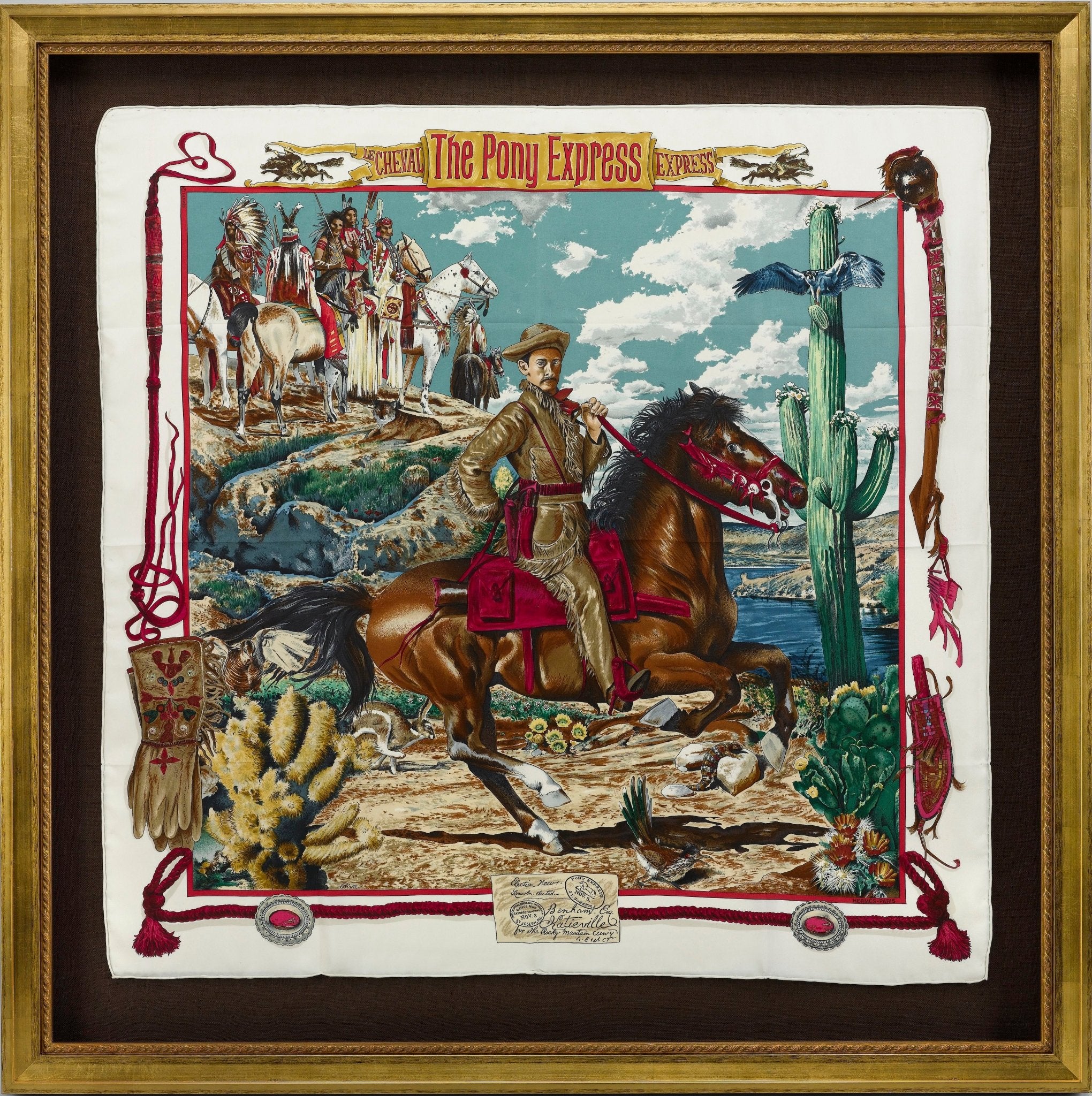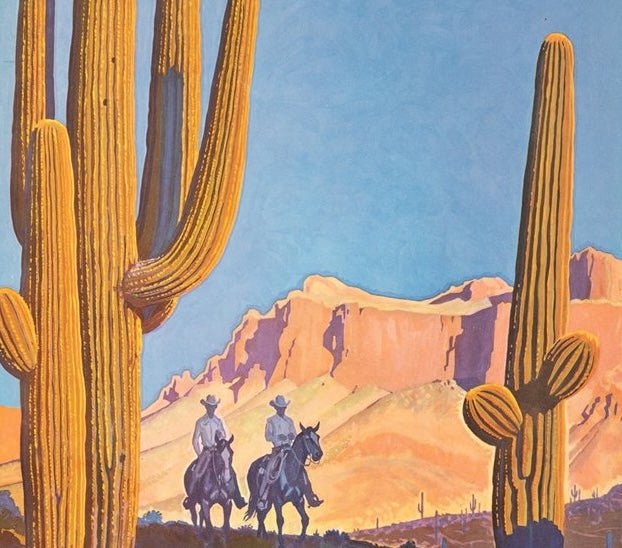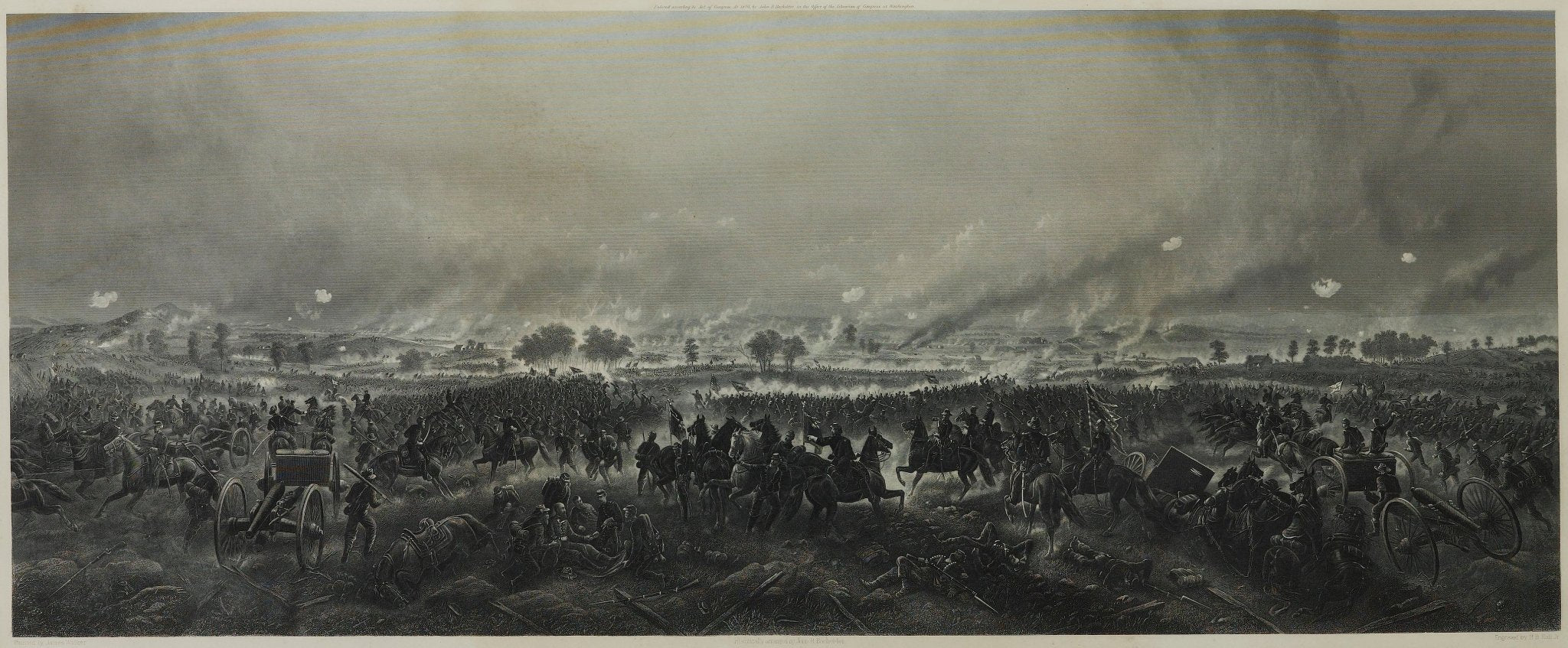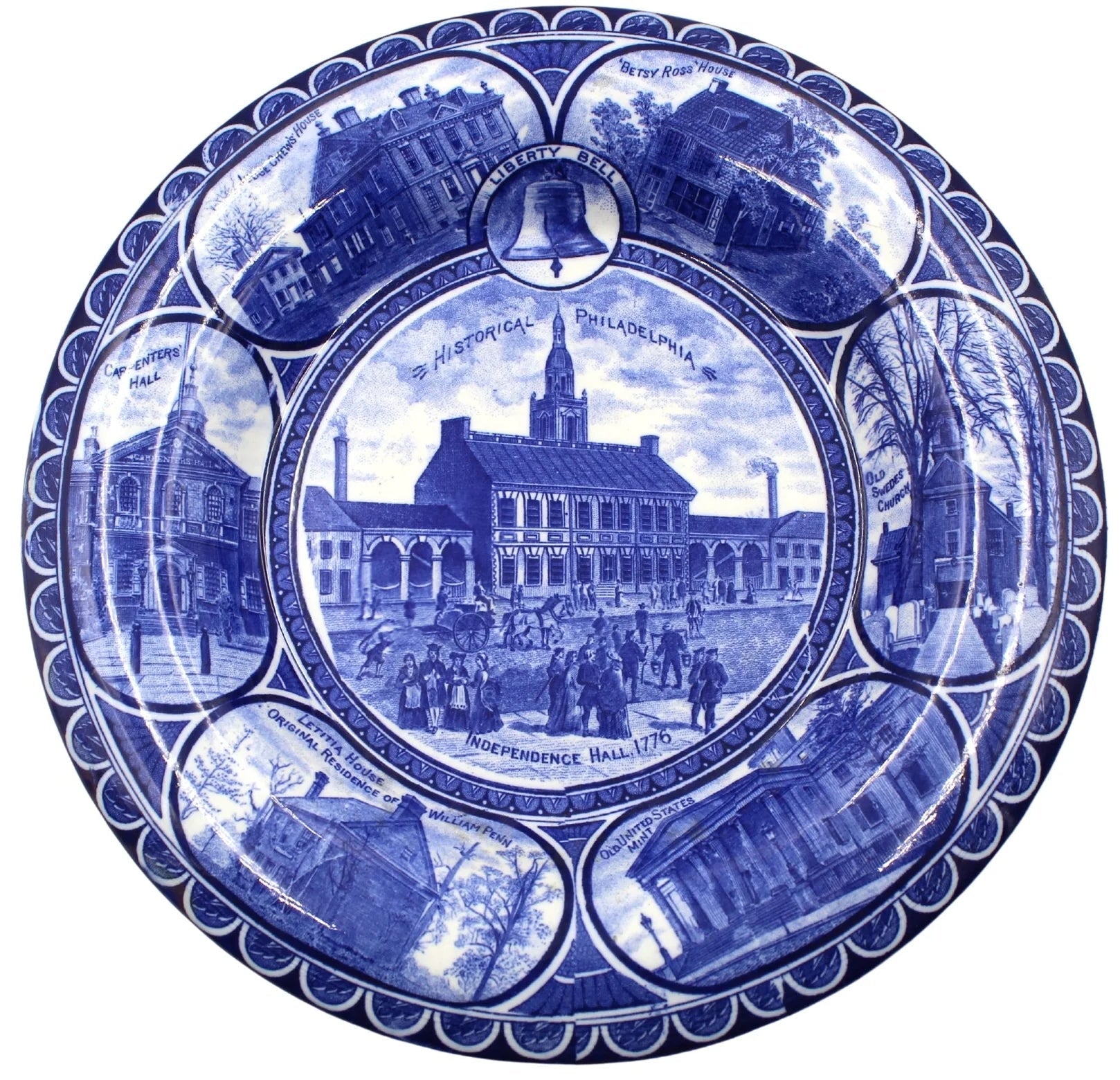Symbols of Revolution: Liberty Poles & Caps
This historic and dynamic engraving depicts a liberty pole being raised in a town square in 1776, while a sign bearing the face of King George III is removed in the background. The pole is adorned with a liberty cap, a strong symbol of resistance. The riotous scene is indicative of the public mood prior to the American Revolution, when such protests and dramatic gatherings were commonplace. The engraving is after a painting by American artist F. A. Chapman and was engraved by John C. McRae in the late nineteenth century.
The small peaked hat, known as a Liberty Cap or Phrygian Cap, became a symbol of resistance to British rule and taxation among early colonists. The hat had Roman origins, first worn by freed Roman slaves as a symbol of their liberation. Early depictions of the Liberty Caps show they were sometimes worn on the owner’s head or sometimes held aloft on a pole, as seen here. Liberty caps remained a symbol well into the 19th century, and were seen in early currency, on the state flags of West Virginia and New Jersey, in the arms of New York, as well on the official seals of the United States Army and the United States Senate.
Liberty poles were another form of resistance, a large wooden totem erected in a town square or park, where citizens could post grievances against British rule or gather to organize rallies. Liberty poles with various banners were raised in numerous towns to protest the Stamp Act of 1765 and to celebrate its repeal in 1766. In New York, British troops on at least four occasions destroyed the liberty pole erected by the Sons of Liberty, leading to a minor skirmish in January 1770. During the Whiskey Rebellion, 1791-1794, liberty poles were erected by tax resisters, and the ritual was repeated during the Fries Rebellion in the counties surrounding Philadelphia. They continued to be raised in the Early Republic era to invoke Revolutionary sentiment.
Recently placed on sale, I think this dynamic engraving would be a lovely addition to any Americana or print collection. Collectors can see this engraving on display in our Colorado store or shop online.








